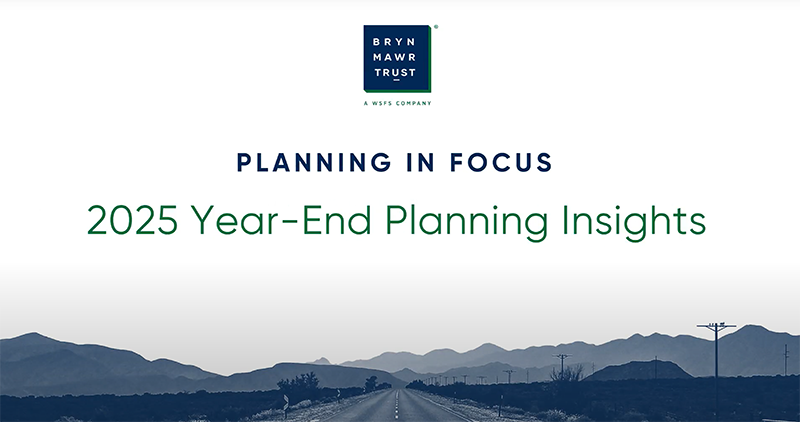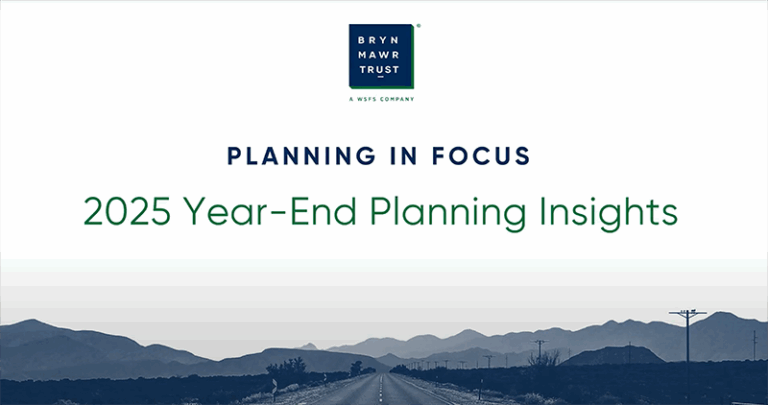Managing Fixed Income in Today’s Environment

Bond yields have remained elevated this year as anticipated rate cuts continue to get pushed out into the future. The combination of strong U.S. economic growth, a healthy labor market, and elevated inflation have contributed to a patient Federal Reserve and a federal funds target range of 5.25%-5.50%, a level reached back in July 2023. As of April 15, 2024, the entire U.S. Treasury yield curve was above 4.0% contributing to a benign environment for income-seeking investors.
There are different approaches to constructing a bond portfolio given today’s interest rate environment depending on an investor’s risk profile and cash needs.
For the most risk-averse investors and/or those with high liquidity needs, they would likely focus on short bond maturities. Favorably, the short part of the yield curve presents the highest yielding opportunities with yields currently above 5.0% for U.S. Treasury securities maturing over the next six months or so. Matching up a Treasury security with a short-term liability or rolling over short-term investments due to uncertainty around future cash needs are good approaches within this type of environment that can generate some meaningful income.
There is much chatter and debate about potential rate cuts and the timing of such. Regardless, we believe today’s policy rates have likely reached peak levels for this rate hiking cycle. Although interest rate volatility should be expected, we anticipate U.S. Treasury yields will trend lower during the year.
With this in mind, investors with longer-term horizons can modestly extend out on the yield curve and into intermediate-term maturities. The idea would be to lock in today’s interest rates, and although yields can certainly go higher, they can go lower too. Given the low level of interest rates over the past decade, today’s yields should get investors a little excited.
Joining the two approaches together and investing in both short-term and intermediate-term securities will help balance the risks of both rising and declining interest rates. Using some bond jargon – balancing the reinvestment and price risk. If yields go higher, the shorter-maturity bonds will be well-positioned to take advantage of higher, short-term rates. And, if longer-term yields trend lower, at least some portion of the bond portfolio has locked in today’s current interest rates.
It’s important to keep in mind that additional yield opportunities exist beyond investing only in U.S. Treasury securities.
For example, adding investment-grade corporate exposure can provide a boost in yield. Adding credit risk via a diversified mix of corporate issuers is appropriate for less risky investors and those who are comfortable taking on the additional credit risk volatility. With the U.S. economy growing roughly 3.0% last year and expectations for continued positive economic growth this year, company fundamentals look favorable. Economic and firm surprises can certainly occur, so limiting concentration risk to any one issuer/sector is important.
There are many ways to take advantage of today’s interest rates. Short and/or intermediate bond portfolios with varying degrees of credit risk, if any at all, are potential bond strategies for investment portfolios. Important to keep in mind that an investors’ investment approach will be dependent on their own unique needs and objectives to ensure portfolio risk is at an appropriate level. Regardless, given the benign environment for income relative to prior years, fixed income remains an attractive asset class.
Begin your journey
Have questions?
Speak with an financial expert.






